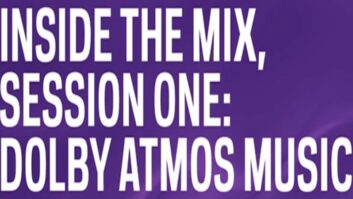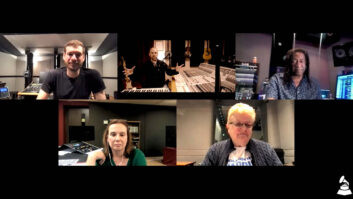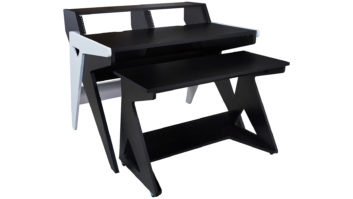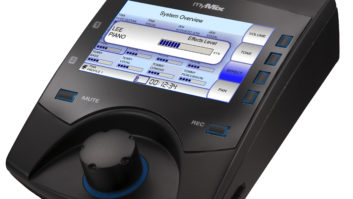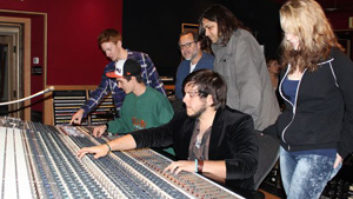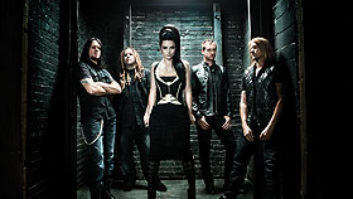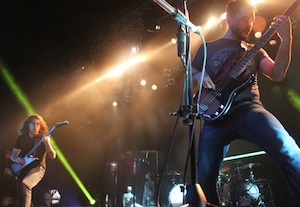
Coheed and Cambria
Photo: Todd Berkowitz
Hard-rocking band Coheed and Cambria—Claudio Sanchez (vocals, guitar), Travis Stever (guitar), Zach Cooper (bass), and Josh Eppard (drums)—spent early 2013 touring the U.S. in support of their 2013 release, The Afterman: Descension, with gear supplied by Clair Brothers. Mix caught the band’s appearance in Philadelphia in mid-March at The Electric Factory.
Front-of-house engineer Mike Babcock mixes on a DiGiCo SD9, and uses its internal effects and processing. “Vocals are first and foremost,” Babcock says, noting that the band continues to rely on Sennheiser e 945 dynamic vocal mics. “The crowd comes to sing along, and if they can’t hear Claudio Sanchez, then they will not be happy. I keep his vocals fairly simple: I use a pitch shifter as a doubler, just to thicken it up a little, and add reverb to taste.” The entire band is on in-ears, with Sanchez on Sensaphonics 2MAX earphones and everyone else on Ultimate Ears UE7s; guitars and bass run direct. Babcock says this allows him “to build a nice punchy mix where every instrument and voice can be heard.”

Monitor engineer Rob Gil (left) and FOH engineer Mike Babcock
Photo: Todd Berkowitz
According to monitor engineer Rob Gil, the band owns an Avid Venue SC48 and uses a rack of six Sennheiser G3 transmitters, two G2 combiners, an AC3200 II combiner, and a UPS to keep it all up and running. A playback rig comprises two MacBook Pro computers running Digital Performer Version 6, with two MOTU UltraLite-mk3 Hybrid interfaces. “The set is predominantly run off of this rig, with songs and segues tied together, a talking set piece that has to sync to the audio during each segue, and audio for a cinematic piece in the encore,” Gil explains.
